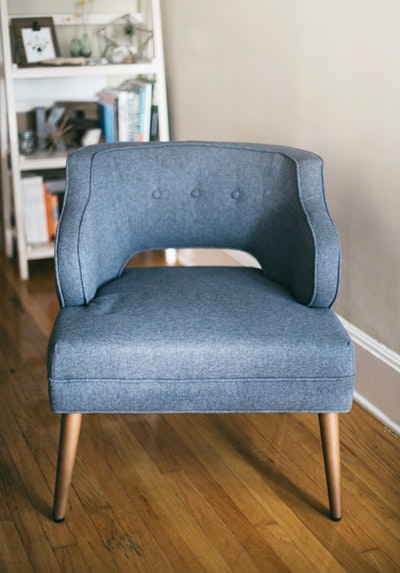Accent furniture is to interior design what fashion accessories are to personal styling. They’re the missing piece that a room needs to look complete, cohesive, and absolutely stunning. Without accent furniture, a room risks looking plain and boring. These are the unique, subtle additions that every space in your home/office needs to truly come to life.
Keep reading for a closer look at accent pieces and how to use them.
Defining Accent Furniture:
Accent furniture is any piece of furniture that is not the main focus in a certain space. In a living room, for example, the main pieces of furniture are the sofa(s) and the coffee table. End tables, extra seating, rugs, and even TV stands are can be considered accent pieces. Sometimes, even coffee tables fall under this category.
In a bedroom, on the other hand, accent pieces may include a reading nook, bedside tables, as well as dressers and clothes racks that aren’t in the closet.
Wall decorations like mirrors, shelves, and photographs are also accent pieces.
The Multi-Functional Uses of Accent Pieces
There are two main things to understand accent pieces. The first is that although they may not be considered “essential” to the function a room, they are absolutely necessary from a design perspective. Plus, when used correctly, they enhance the basic function of any given space.
The second is that accent pieces do not have to be confined to a certain room in the house. It’s possible to use them in creative, unconventional ways. This can’t be said for traditional furniture.
Here are a couple more tips for getting the most out of all the accent pieces you decide to incorporate in your interior design.
1. Prioritize Size and Function
You can put an accent table in the entryway of your home or somewhere in the living room. It can be a small liquor bar in the dining room or even a desk in your bedroom. Where it ends up typically depends on the size of the table in relation to everything else in the room. You also have to consider which of all the various functions provides the best value to you.
The same train of thought applies to all other accent pieces. Always take a moment to consider every single function that an accent furniture item may do before you give it a place in your home.
2. Bolder Is Better
Keep in mind that you have to complement function and form. Your accent pieces should stand out among all the other things you own. They should make a room feel more lively and perhaps even a bit bigger than it actually is. The ideal way to do this is to be bold. Accent pieces aren’t meant to perfectly match a room; they work better when you take a chance on them and think outside the box about how you’re going to put everything together.
How to Choose the Right Accent Furniture Pieces
Speaking of putting everything together, remember that you should take your time when picking out accent furniture pieces. You have to consider all their possible uses, find the right place to put them, and understand how they work with everything else in the room. The material they’re made out of, colors used, and their size matter, too.
It’s a lot to think about, but your search for the right accent pieces will definitely pay off in the end. If you need a little help to get started, click here to get interior design support!

